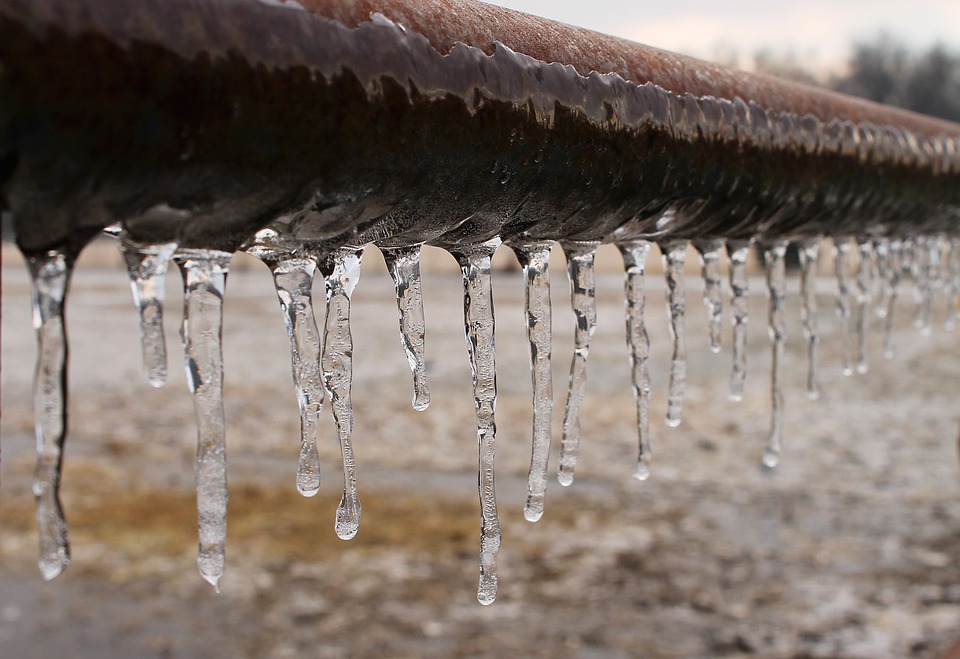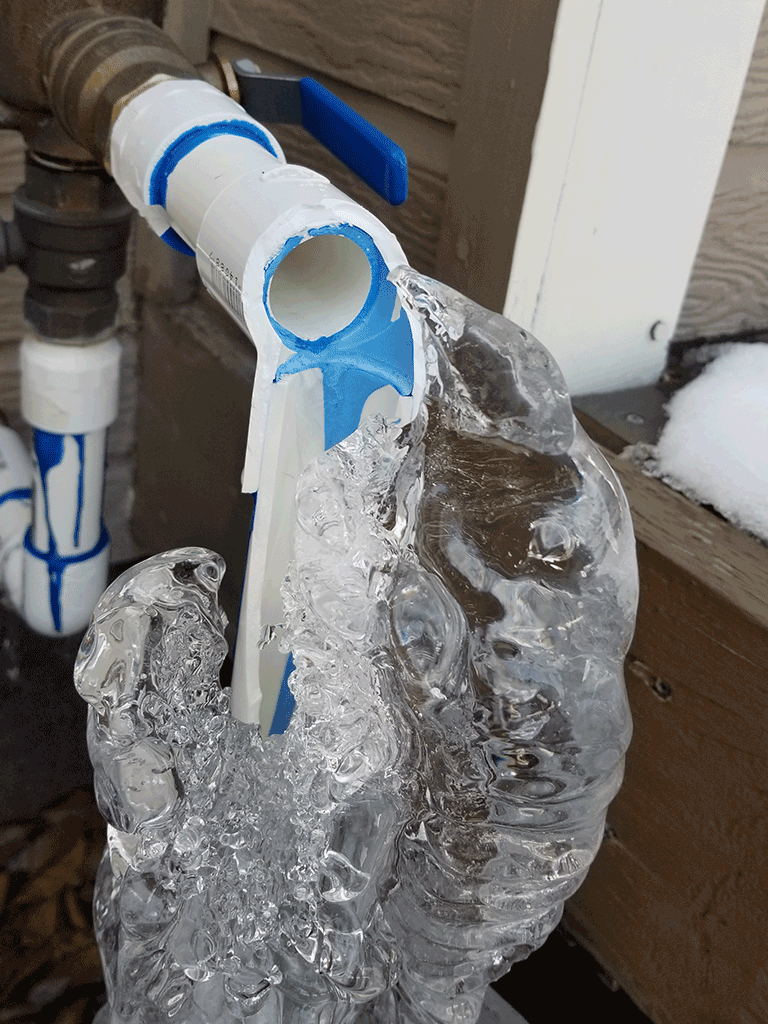Protecting Against Frozen Pipes in Winter: Critical Tips
Protecting Against Frozen Pipes in Winter: Critical Tips
Blog Article
Everybody will have their personal perception about How to Prevent Your Pipes From Freezing.

Winter can wreak havoc on your plumbing, especially by freezing pipelines. Here's exactly how to prevent it from occurring and what to do if it does.
Intro
As temperatures decrease, the risk of icy pipes increases, possibly leading to pricey repair services and water damage. Recognizing exactly how to avoid icy pipelines is important for home owners in cool climates.
Understanding Icy Pipelines
What causes pipelines to freeze?
Pipes ice up when revealed to temperatures below 32 ° F (0 ° C) for expanded periods. As water inside the pipes ices up, it expands, taxing the pipeline walls and possibly creating them to burst.
Dangers and problems
Icy pipes can result in water supply interruptions, residential or commercial property damage, and costly fixings. Burst pipes can flood homes and trigger considerable architectural damages.
Indicators of Frozen Piping
Recognizing frozen pipes early can prevent them from breaking.
Exactly how to determine frozen pipelines
Search for reduced water circulation from faucets, uncommon smells or noises from pipes, and noticeable frost on revealed pipelines.
Prevention Tips
Insulating susceptible pipelines
Wrap pipelines in insulation sleeves or make use of warmth tape to secure them from freezing temperature levels. Focus on pipelines in unheated or external areas of the home.
Home heating techniques
Keep interior spaces properly heated up, particularly locations with pipes. Open up closet doors to allow cozy air to flow around pipelines under sinks.
Shielding Exterior Pipes
Garden hose pipes and outdoor taps
Disconnect and drain pipes yard pipes before winter months. Mount frost-proof faucets or cover outdoor faucets with insulated caps.
What to Do If Your Pipelines Freeze
Immediate actions to take
If you think frozen pipelines, keep taps available to relieve pressure as the ice melts. Use a hairdryer or towels taken in hot water to thaw pipes slowly.
Long-Term Solutions
Architectural modifications
Consider rerouting pipes away from exterior wall surfaces or unheated areas. Include added insulation to attic rooms, cellars, and crawl spaces.
Upgrading insulation
Buy high-quality insulation for pipelines, attic rooms, and walls. Correct insulation helps keep consistent temperature levels and decreases the threat of icy pipes.
Final thought
Protecting against icy pipes needs proactive actions and quick reactions. By recognizing the reasons, indications, and preventive measures, homeowners can safeguard their plumbing throughout winter.
5 Ways to Prevent Frozen Pipes
Drain Outdoor Faucets and Disconnect Hoses
First, close the shut-off valve that controls the flow of water in the pipe to your outdoor faucet. Then, head outside to disconnect and drain your hose and open the outdoor faucet to allow the water to completely drain out of the line. Turn off the faucet when done. Finally, head back to the shut-off valve and drain the remaining water inside the pipe into a bucket or container. Additionally, if you have a home irrigation system, you should consider hiring an expert to clear the system of water each year.
Insulate Pipes
One of the best and most cost-effective methods for preventing frozen water pipes is to wrap your pipes with insulation. This is especially important for areas in your home that aren’t exposed to heat, such as an attic. We suggest using foam sleeves, which can typically be found at your local hardware store.
Keep Heat Running at 65
Your pipes are located inside your walls, and the temperature there is much colder than the rest of the house. To prevent your pipes from freezing, The Insurance Information Institute suggests that you keep your home heated to at least 65 degrees, even when traveling. You may want to invest in smart devices that can keep an eye on the temperature in your home while you’re away.
Leave Water Dripping
Moving water — even a small trickle — can prevent ice from forming inside your pipes. When freezing temps are imminent, start a drip of water from all faucets that serve exposed pipes. Leaving a few faucets running will also help relieve pressure inside the pipes and help prevent a rupture if the water inside freezes.
Open Cupboard Doors
Warm your kitchen and bathroom pipes by opening cupboards and vanities. You should also leave your interior doors ajar to help warm air circulate evenly throughout your home.

Hopefully you enjoyed our section on 6 Ways to Prevent Frozen Pipes. Thanks for taking a few minutes to read through our posting. Enjoyed reading our content? Please quickly share it. Let other people check it out. We thank you for reading our article about 6 Ways to Prevent Frozen Pipes.
Automated Marketing Report this page